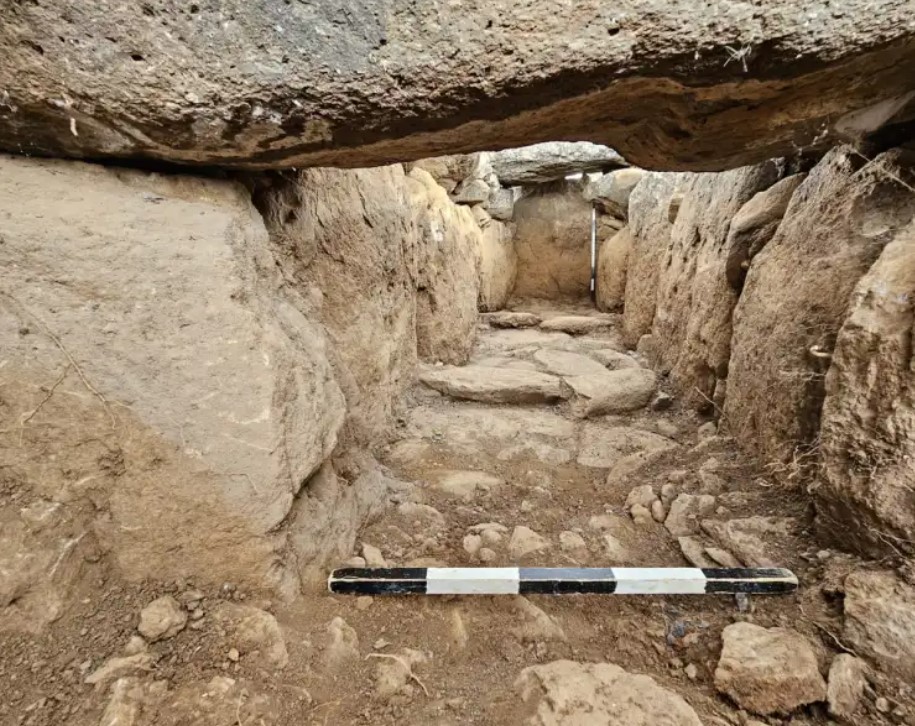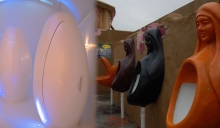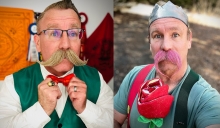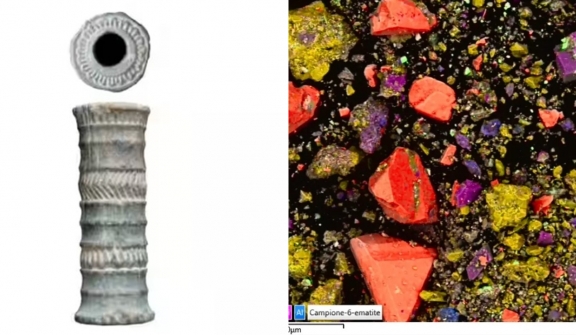
In a surprising discovery, scientists have found the world's oldest lipstick in a country that once banned the use of makeup and cosmetics.
This ancient artifact, a hand-carved stone vial found in southeastern Iran, provides an insight into the rich history of beauty practices and cultural norms.
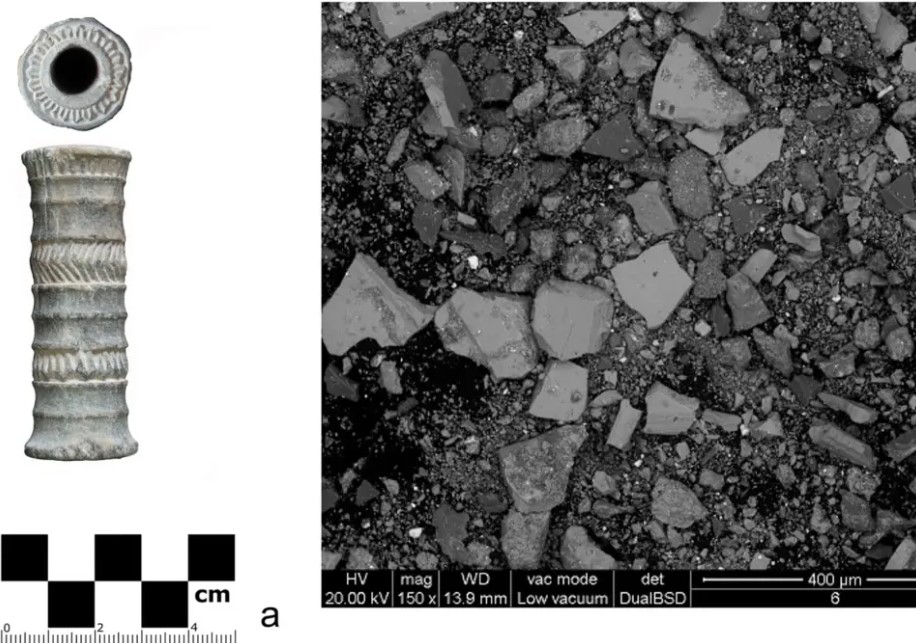
According to reports, this ancient artifact was a hand-carved stone vial made of chlorite, that dates back to the Bronze Age, specifically between 1936 B.C. and 1687 B.C.
Although lipstick has been used for thousands of years, it is surprising to find evidence of its existence in a country that once banned makeup and cosmetics.
The lipstick container, resembling a smaller version of today's cylindrical lipstick cases, measures about 2 inches tall and three-quarters of an inch wide.
It is expertly crafted, mimicking a segment of a marsh cane, and made from a prestigious stone.
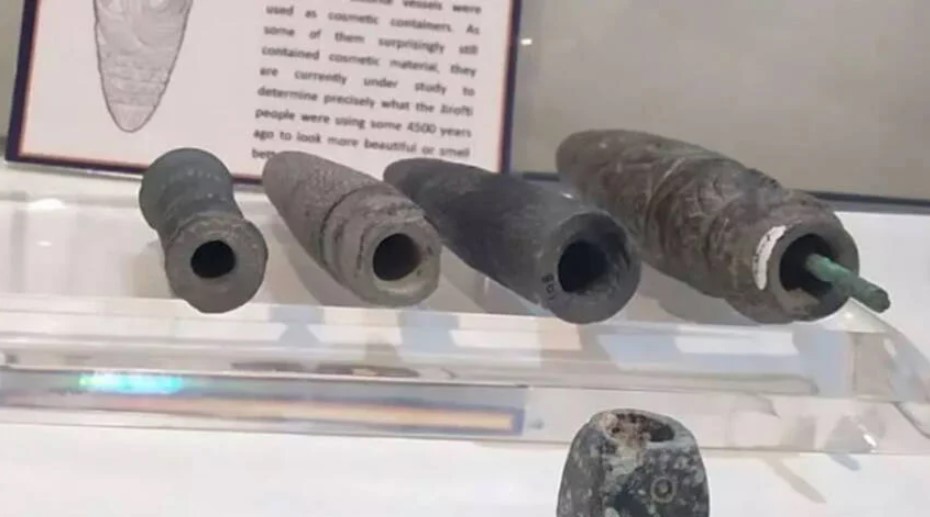
Discovered in 2001, the cylinder was found near the Halil River in the Kerman province of southeastern Iran after flooding of a third-millennium B.C. graveyard.
After the 1979 Islamic Revolution, Iran banned beauty products, allowing only certain groups of women, such as those not working in the government or medical students, to wear makeup.
The researchers conducted a detailed analysis of the ancient lip product. They found that the lipstick was likely in powder form due to over 3,700 years of dehydration.
Microscopic examination revealed dark pigments, indicating that the original product had an intense red color.
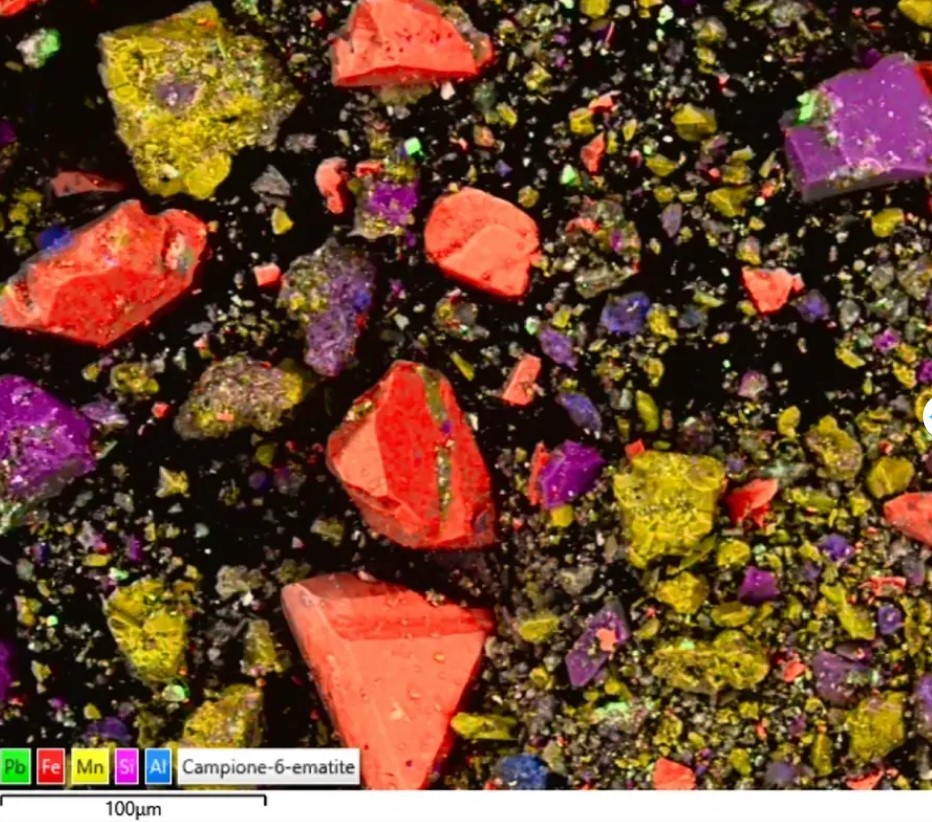
The composition of the lipstick included components similar to modern cosmetic lipwear, such as vegetable oil and wax. Interestingly, hematite, a mineral known for its red color, was also present.
While the identity of the lipstick's owner remains a mystery, the researchers speculate that it may have been used during funeral rituals of the Jiroft culture, a Bronze Age civilization.
Whether for personal adornment or ceremonial purposes, cosmetics held significance in the lives of ancient people.
